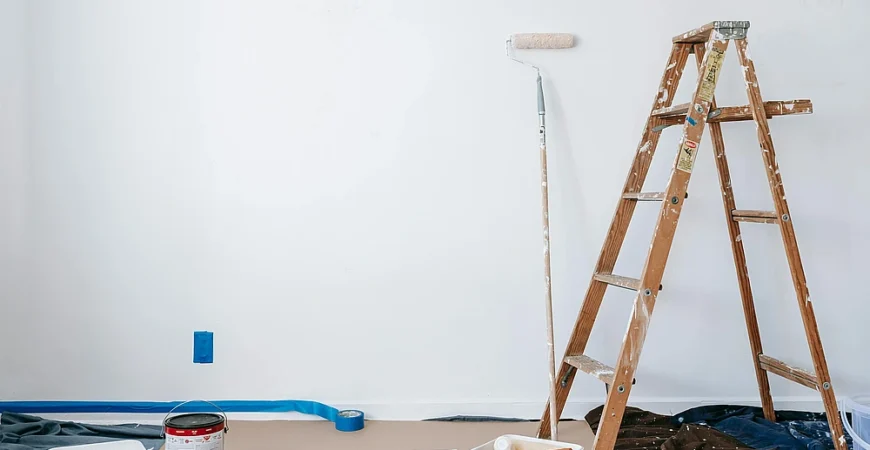Drywall is a reliable and widely used material, but like any part of a home’s structure, it can show signs of wear and tear over time. Learning how to recognize and fix these issues early can prevent small cosmetic problems from turning into larger structural headaches. Here’s a breakdown of the most common drywall problems and how to address them properly.
Cracks
Hairline cracks often form near windows, doors, or ceiling joints due to settling or temperature changes. These should be repaired using joint compound and mesh tape, then sanded and repainted for a smooth finish.
Nail Pops
Nail or screw pops occur when fasteners loosen and push out slightly, creating a bump under the paint. To fix this, the fastener should be removed or driven deeper, followed by patching with joint compound and a new coat of paint.
Water Damage
Water-damaged drywall will appear discolored, soft, or warped. These areas must be cut out completely and replaced, as they can harbor mold. Always identify and resolve the water source before replacement.
Holes
From accidental doorknob hits to furniture scuffs, holes in drywall are common. Small holes (less than 1/2 inch) can be patched with spackle, while larger ones often require mesh patches or full panel replacements.
Surface Blemishes and Dents
Minor dings and dents can usually be smoothed out with a quick skim coat of joint compound. Be sure to feather out the edges and sand before painting.
Corner Bead Damage
Metal or plastic corner beads can crack or dent from impact. Damaged sections should be cut out, replaced, and refinished to maintain strong and crisp wall corners.
Bubbling or Peeling Paint
This often points to moisture beneath the paint layer. Sand the area, remove loose material, fix the underlying issue, then seal and repaint.
When to Call a Pro
While minor cracks and small holes can be handled by confident DIYers, major damage, widespread mold, or structural movement should be handled by professionals to ensure safety and long-term performance.
Understanding the warning signs of drywall problems helps homeowners act early, save money, and maintain the appearance and value of their property. Don’t let small issues grow into costly repairs—address them the right way.





